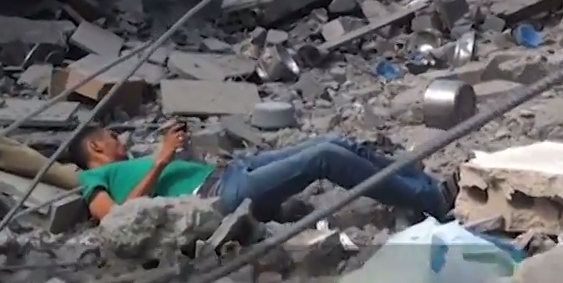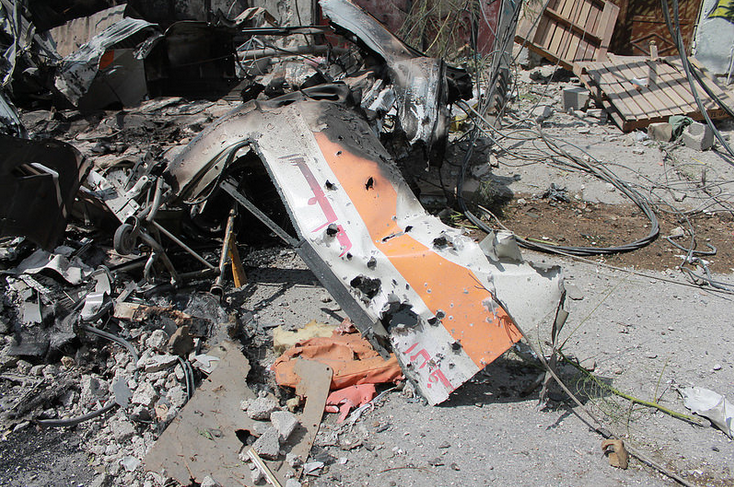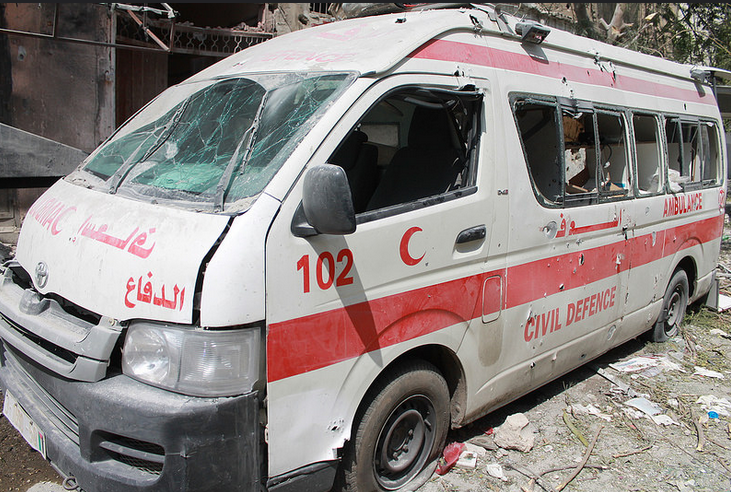Author: ISM Media
-
Video of Israeli sniper killing wounded civilian
21st July 2014 | International Solidarity Movement | Gaza, Occupied Palestine See Update here Yesterday, international and Palestinian volunteers accompanied Civil Defence and other rescue crews, as well as family members, into Shajiya neighbourhood in Gaza. They attempted to locate survivors of overnight and ongoing shelling by the Israeli army. A young Palestinian man in a…
-
‘Death Zone’ in Shajiya
20th July 2014 | Rina Andolini | Gaza, Occupied Palestine There was a ceasefire today for 3 hours – so some of us internationals went to the area which I refer to as the ‘Death Zone’ – Shajiya, we went to see if we could help with the masses of injured amongst the rubble. The Death…
-
Human rights defenders under live fire, one dead
20th July 2014 | International Solidarity Movement | Gaza, Occupied Palestine The Israeli military just shot a Gazan man trying to reach his family, during an announced ceasefire. He was with a group of municipality workers and international human rights defenders who were attempting to retrieve injured people in the Shajiya neighbourhood. “We all just watched a man…



